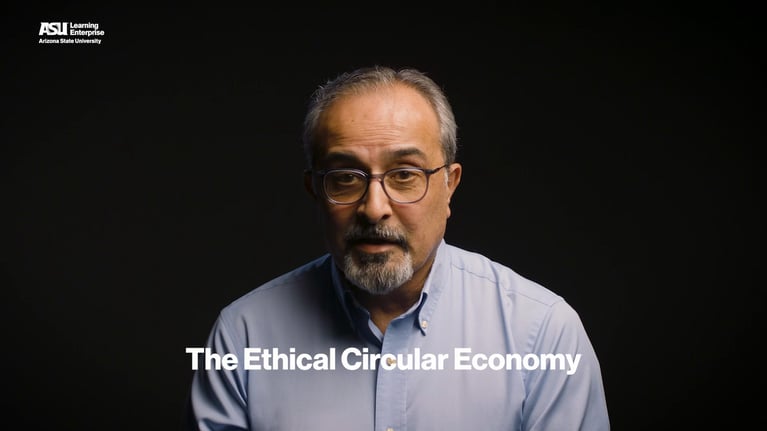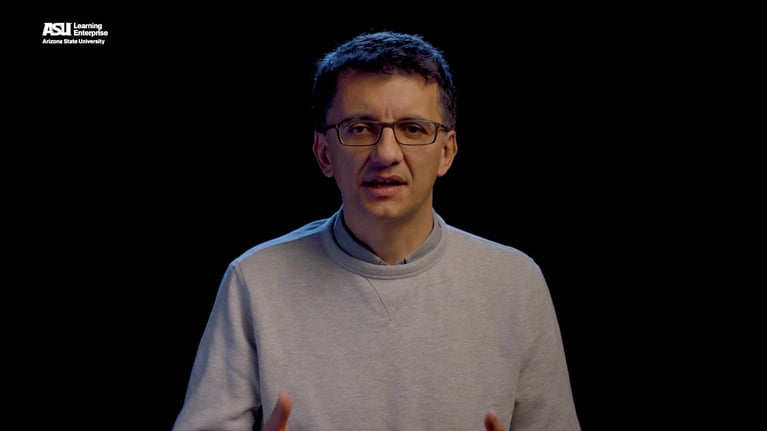Discover the hidden journey of everyday products like cars and the power of systems thinking. Explore how interconnected parts, processes, and people contribute to the creation, distribution, and impact of products. By understanding the holistic view, we can leverage change and shape a sustainable future.
The linear economy model has been serving our planet for centuries. It involves taking resources from the earth to make products to satisfy consumer demand and then discarding the products as waste. However, the earth's supply is not unlimited as this model assumes and the environmental impact - namely, climate change - is detrimental.
Our traditional free market economic model that has evolved over centuries serves to provide products and services demanded by consumers globally.
It is built on entrepreneurial value propositions that depend on resources, technologies and supply chains. This economic model is also referred to as the “linear economy” – where resources are taken from the planet, products are made to satisfy consumer demand, and at the end of use, these products are discarded as waste – the so-called “take-make-waste” economy. The inherent assumption in this model is that the earth has infinite and indefinite capacity to provide and regenerate resources to support the ever-growing demand of consumers.
However, today, the global economy is extracting resources at the rate of 100 billion tons per year, or about 13 tons per person, every year to support our lifestyles, and – with extraction estimated to be occurring almost twice as fast as regeneration - we are consuming at the rate of almost 2 earths. This rate of extraction is projected to rise to over 200 billion tons per year by 2050, or about 20 tons per person each year.
The world currently produces about 2 billion tons of municipal solid waste, the vast majority of it being dumped on land in both managed and unmanaged landfills, including illegal dumping and incineration. An estimated 150 million tons of plastics have leaked into our oceans, and we are adding 10 million tons every year.
The overall outcome of this unsustainable economic growth is billions left behind, and potentially irreversible environmental impact. The social impacts include exploitation of labor, income disparity and wealth inequality, ultimately leading to 10% of the world’s population in extreme poverty living on less that $2 per day, and almost half the world’s population, about three and a half billion people living on less than $5 per day.
Environmentally, we are experiencing soil degradation, water and air pollution, but perhaps our most urgent environmental impact is climate change. Our unabated hunger for economic growth, coupled with our over-reliance on fossil fuels to energize our economies has resulted in human-activity contributing potentially irreversible climate change. Our changing climate is accelerating the spreading of diseases, reducing crop and worker productivity, causing water shortages and supply chain disruptions, which in turn is causing inflation and mass migrations, sea level rise, ecosystem degradation and species loss. The vast majority of the people and regions of the world affected by our linear economy practices live in low to middle income countries, mostly in Asia, Africa and Latin America.
So where are we headed? Today, we are urbanizing at unprecedented rates - 55% of the world’s population is currently urbanized, and by 2050 that number will exceed 70%. With the world’s population projected to exceed 10 billion by 2050, that’s 7 billion people in cities. The vast majority of that urbanization is also happening in the same low to middle income countries of Asia, Africa and Latin America.
As things stand, we would need the equivalent of 3 earths to support humanity in 2050!


